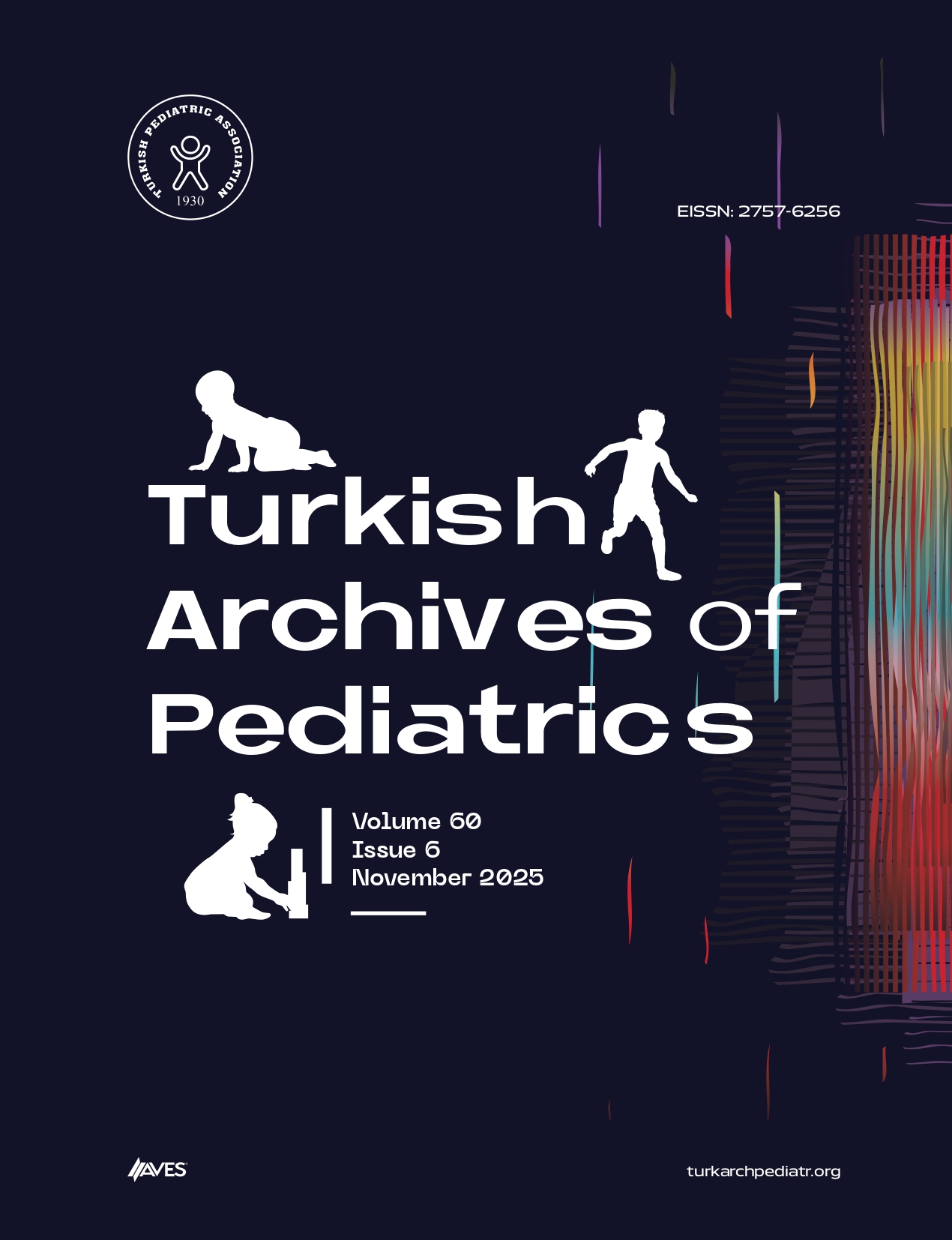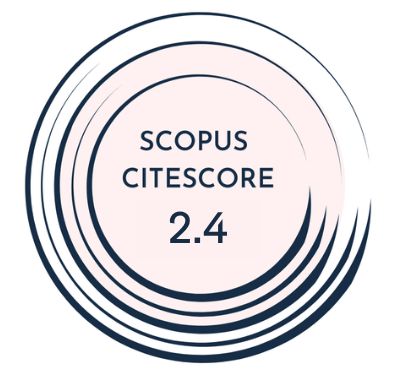Objective: The aim of this study was to assess active standing test responses in ovewrweight or obese children and to determine the factors that contribute to orthostatic abnormalities.
Materials and Methods: Orthostatic responses were investigated in bothobese and overweight children. To provide an overview of the autonomic nervous system (ANS), blood pressure and heart rate measurements, laboratory parameters, and anthropometric measures were analyzed.
Results: A total of 123 overweight or obese children, with a median age of 15.03 (range from 6.9 to 17.9), were included in this study. Seventy-seven patients (63%) were obese, whereas 46 (37%) were overweight. Orthostatic disturbances were observed in 78 patients (63%). In the standing test, 73 patients (59%) exhibited an abnormal response. Orthostatic hypotension (33%), orthostatic hypertension (30%), and postural orthostatic tachycardia syndrome (18%), were detected in the patients. The group that had orthostatic hypotension had a lower systolic pressure in the standing test after 10 min. The group with orthostatic hypertension had higher body mass index. Furthermore, the orthostatic group displayed significantly higher levels of Homeostatic Model Assessment of Insulin Resistance (HOMA-IR), insulin, and HbA1c.
Conclusion: The results of this study signifies a connection between obesity or being overweight and ANS, . highlighting the need for evaluation of the ANS in obese or overweight children to predict the adverse consequences and to prevent occuring during childhood.
Cite this article as: Donmez YN, Sel K. Cardiovascular response to active standing test in children with overweight and obesity. Turk Arch Pediatr. 2025;60(3):268-273.



.png)

